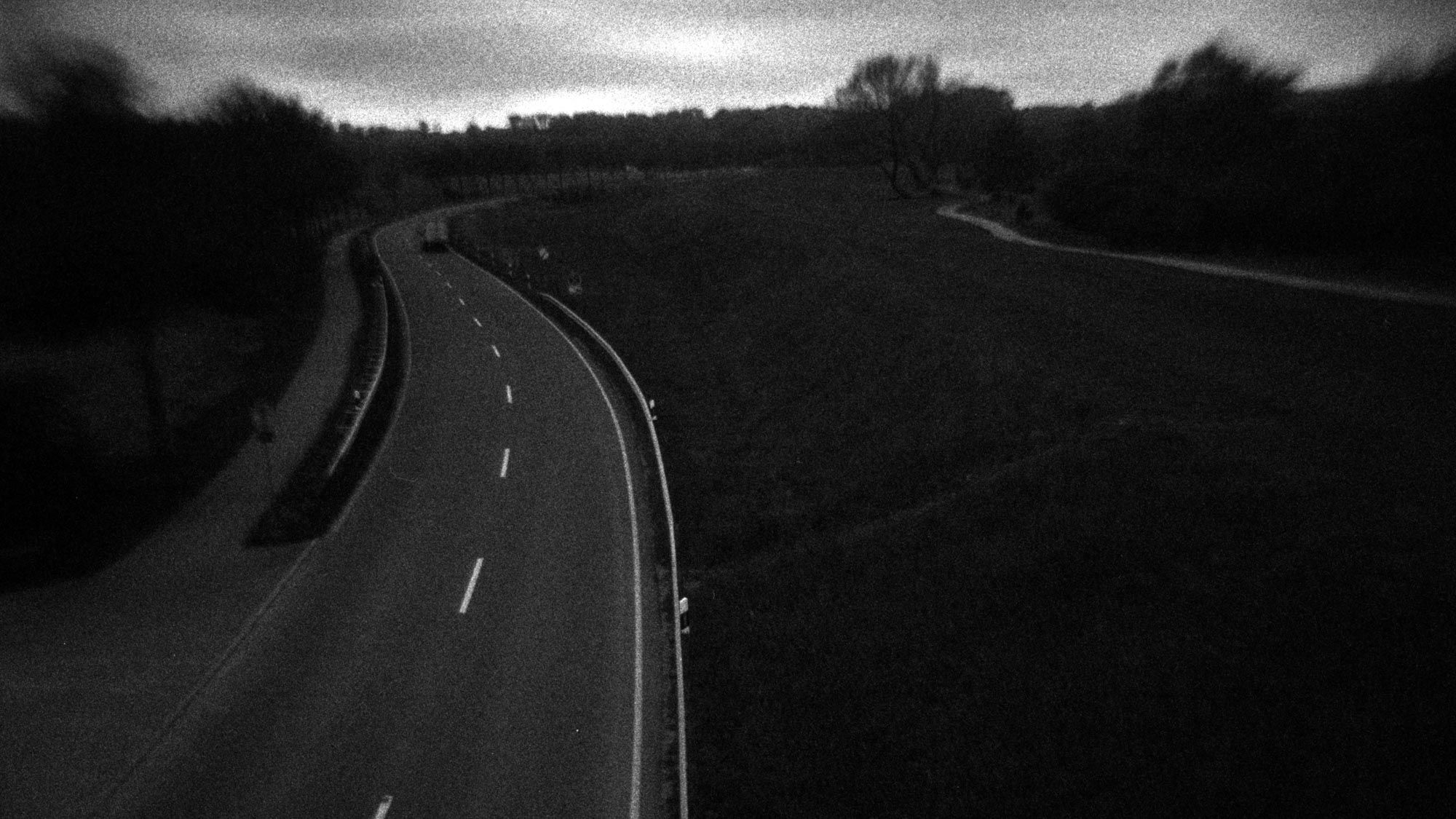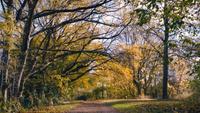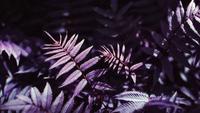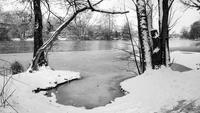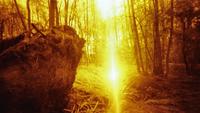How to use color filter for analog B/W photography
Do you love taking analog black and white photos? Then it's time for you to put on your rose-colored glasses. Not for your eyes but by using a color filter on your camera lens.
The dramatic, high contrast look in the black and white picture above is the typical result of a red filter. In this article, I give you a basic introduction of the varying effects of color filters. If you are interested in black and white film photography you should know about these options and how this can improve your work. You learn what's to consider when you use such a filter and I show you more interesting b/w photos taken with color filters.
WHY SHOULD YOU USE COLOR FILTER?
With a color filter you get the ability to set accents by changing the contrast of different colors in your black and white film results. It alters the color representation as a changed gray tone in the final image.
Color filters are normally used for analog black and white film photography. In the digital photography this is not really needed anymore. There you will mostly edit your RAW-format pictures with post-processing software like Affinity Photo or Lightroom. With built-in tools it's possible to give your images a certain look and contrast for example with preset filters or color balance adjustments.
HOW DOES A COLOR FILTER WORK IN ANALOG B/W PHOTOGRAPHY?
In general you can say that the color of the filter will be intensified in a black and white image. Because more light of that similar color goes through the filter and results in an over-exposed area of the film so that it will have a much lighter shades of gray. Whereas the complementary color appears darker since less of that light is allowed to pass through.
The color image on the left is a reference for the next black and white images. It shows the same tulip scene that was used for the analog b/w photography setup.
Here you can see the different effects of red, yellow, green, orange and blue filter.
All pictures were taken with a Pentax ME super on Ilford FP4+ film at an ISO setting of 100. The Pentax has a TTL meter, so no exposure compensation was necessary.
The development was the same for all images. I have used the Ilford Ilfosol 3 as a b/w developer with a time of 7:30 min (1+14) @20°C.
TYPES OF COLOR FILTER AND WHEN SHOULD YOU USE THEM
RED FILTER
We start with the red filter which is one of the strongest. In landscape photography, this filter is often used to get a more contrasty and dramatic picture. Here green and blue will be much darker and red appears brighter. In the sunshine a blue sky will be almost black and clouds have an intensified contrast.
YELLOW FILTER
The yellow filter is a typical black and white filter and similar to the red filter but not so strong. Blue will turn darker and other colors like red, green, orange will appear brighter. It's the most popular B/W filter and often used to accentuate the clouds.
If you use mainly b/w film, you can leave this filter on the lens most of the time. A light yellow filter is a good choice if you only want to buy one color filter for your analog black and white photography.
GREEN FILTER
A green filter is not as popular as the previous one. With this filter you get red tones much darker and the green ones brighter. In landscapes foliage and grass will turn lighter.
ORANGE FILTER
The orange filter comes right after the yellow regarding the strength. Blues will appear even darker for a more dramatic effect. The warm colors will also turn brighter than greens. A good choice for this filter is in architectural photography. Buildings and cityscapes with bricks and color related textures will be seen in a vivid tone and will differentiate from the sky.
The following three pictures were taken with a HOLGA 120 CFN and the corresponding simple plastic red filter. Here you can see the high contrast and the green grass turns almost black.
BLUE FILTER
Another not so common filter is the blue filter. You choose this if you want to brighten blues. In landscape photography you can use this filter to increase the effect of haze and give a foggy feel. In addition, warm colors are darkened and red appears black.
COLOR FILTER AND EXPOSURE COMPENSATION
Filter doesn't have to be expensive to get great moody results as you can see in the pictures above. But as always there is a wide range from low-budget to very expensive color filters. It depends on your purpose and budget.
I have different kinds of filters like the simple red plastic filter for the HOLGA or a set of circular color filters to screw onto the front of your lens. Like the ones I used for the tulip photo series. For these you have to look for the correct filter size depending on your lens. Consider taking a larger filter size and using a step-up ring adapter. With this you can use the filters for different lenses.
Gelatine filters (see link below) are a great low-cost alternative and a good starting point for experimenting with color filters. I have some in different sizes, and they can be easily pressed on the lens or put on a UV-filter.
Keep in mind: exposure compensation
Each filter will have an exposure prolonging factor because they all reduce the amount of light which goes through the filter. So it is important to consider the factor in your exposure measuring. It is +1 or more stop of extra exposure depending on the filter and scene. Refer to the filter product information to get the compensation factor. Also, make sure you know how your camera works. A camera like the Pentax ME super as used above has a TTL metering that automatically corrects the impact of the filter.
If you've never used a color filter before, you should finally give it a try. Start with a cheap set and experiment with them to see what you get before committing more money to high-quality color filters. As I have shown with not so expensive filters you can get also very moody pictures and set accents in your black and white photography.
So, put on your rose-colored glasses from time to time and enjoy taking photos!
Useful links:
- Read more about photographic filter on Wikipedia
- Fotoimpex "SNAP-ON" Gel-filters from ADOX
- Read more interesting blog posts about analog photography
Comments
Recent Posts:
Published at
9th February 2020
Author
Reading time / mode
Share
RssTags
Recent Posts
- Photo series: A winter day, captured on Kodak TRI-X 400 film
![Winter impressions in the snow by the river. Taken with a Minolta XD-7 camera on Kodak TRI-X 400 film. Winter impressions in the snow by the river. Black and white picture taken on Kodak Tri-X 400 film.]()
- Redscale film photography - the light from the other side
![Striking light. | Redscale pinhole photography with a Holga WPC 120 Redscale film photo shows a wood scene with a lot of trees and a striking light beam.]()
- Autumn walks and discovering the Kodak Gold 200 film
![Lights will inspire you. | taken on Kodak Gold 200 color film. Colorful Autumn path way with trees and sunshine.]()
- Photo series: Wakenitz taken on LomoChrome Purple color film
![Fern taken with LomoChrome Purple XR 100-400 film Fern in purple colors.]()
- Photo series: FP4 Party week and my foggy images
![Faded lights. | Hasselblad 500 CM taken on Ilford FP4+ film for the FP4 Party week Foggy view of a mystic path way along with trees and a biker in the center.]()
- Photo series: Discover the LomoChrome Metropolis film
![At any time. | LomoChrome Metropolis film | Fujifilm GA645Wi Skyline of Frankfurt am Main framed view through the bridge construction.]()

